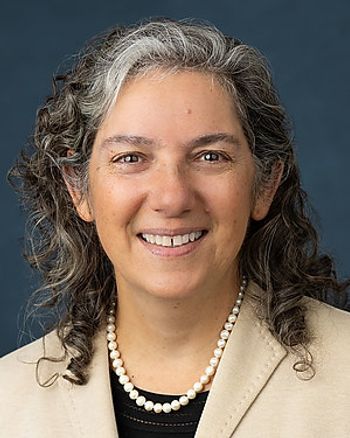
Many Healthcare Executives Expect to Spend More on Remote Patient Monitoring in 2024
Leaders and clinicians say they are seeing better patient outcomes and a good return on their investments, according to a recent survey.
Healthcare leaders appear to be expressing growing confidence in remote patient monitoring.
Most surveyed said they plan to maintain or increase their spending on remote patient monitoring in 2024, according to a recent poll of 141 executives and clinicians conducted by Sage Growth Partners. MD Revolution, a software company offering remote patient monitoring and chronic care management solutions, commissioned the poll.
Among the key findings, 46% of participants said they expected to increase their remote patient management budget in the next year, while another 46% said they expected to maintain their current level of spending. Only 7% of respondents said they planned to reduce their spending on remote patient monitoring.
“Obviously, there seems to be growing interest in remote patient monitoring,” Kyle Williams, CEO of MD Revolution, tells Managed Healthcare Executive®.
The vast majority of respondents say their remote patient monitoring programs are leading to better patient outcomes. More than 9 out of 10 respondents (94%) said that they are seeing better outcomes.
In addition, about three-quarters (73%) said remote patient monitoring programs are generating a positive return on investment, and 70% reported higher patient satisfaction. One executive who responded said patients are viewing remote patient monitoring and chronic care management as a “concierge service,” according to the report.
“I think that a lot of what these programs bring to the table is a different experience for the patient, which really leads to adherence or early detection,” Williams says. “It's more touch points with the patients.”
Health systems are utilizing remote patient monitoring to help manage patients with chronic conditions, allowing providers to keep tabs on patients without requiring them to visit clinicians in person. Boston Medical Center utilized a remote patient monitoring program
Williams says many of the patients served by his company are Medicare recipients, and remote patient monitoring programs can be particularly appealing to older patients.
Such programs are helpful for those “dealing with isolation, dealing with inability to get to an appointment,” Williams says. “They're taking a lot of different medications. You know, these are chronically ill patients. They're dealing with taking their blood pressure every day.”
“Pulling it all together to get support for that is really helpful, across the board, from a patient perspective, from a provider perspective,” Williams says.
In terms of financial gains, 63% of healthcare leaders surveyed said they saw a return by improving engagement and compliance with care plans, and 58% said they realized returns on their investment by improving patient adherence to their medication.
Williams says he sees potential for more use of remote patient monitoring in Medicaid programs.
“I think it's very underutilized in Medicaid programs,” he says.
Patient adherence to remote patient monitoring and chronic care management programs can vary, Williams says, but many are willing to make the commitment.
“What we typically see is, if people make it through the two- or three-month habit-forming period, that they stick with it for months, even years,” Williams says.”It just becomes part of their routine. And certainly if they ever have a change in their health condition that comes up in the timeframe that they're on these programs, then they're in it for life.”
With most Americans having smartphones at this point, Williams says remote patient monitoring technologies can be utilized to help provide care to underserved communities. Potentially, they can help providers detect patients who may be headed for trouble and intervene earlier before costly interventions.
Done effectively, Williams sees remote patient monitoring programs as a tool to improve health equity.
With remote patient monitoring programs, Williams says, “We can enable really broad population health programs. And that really creates a better safety net for everyone.”
Newsletter
Get the latest industry news, event updates, and more from Managed healthcare Executive.

















































